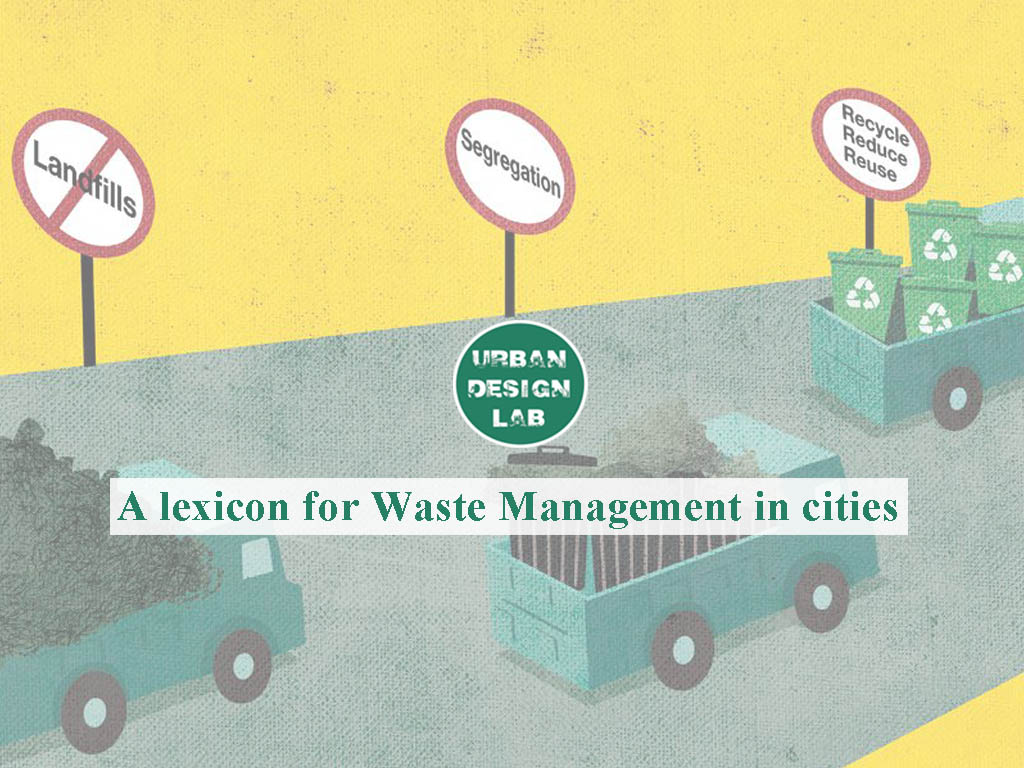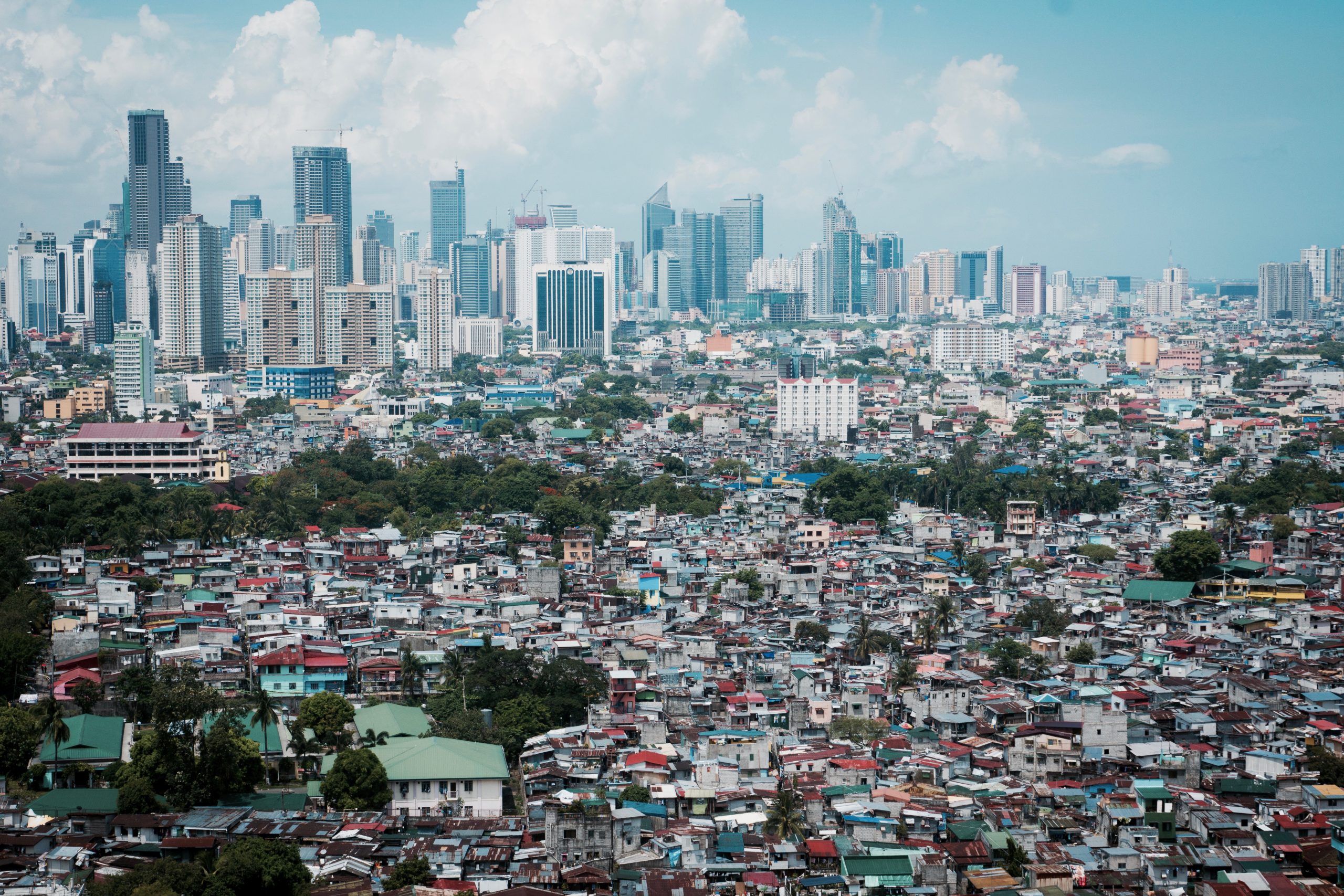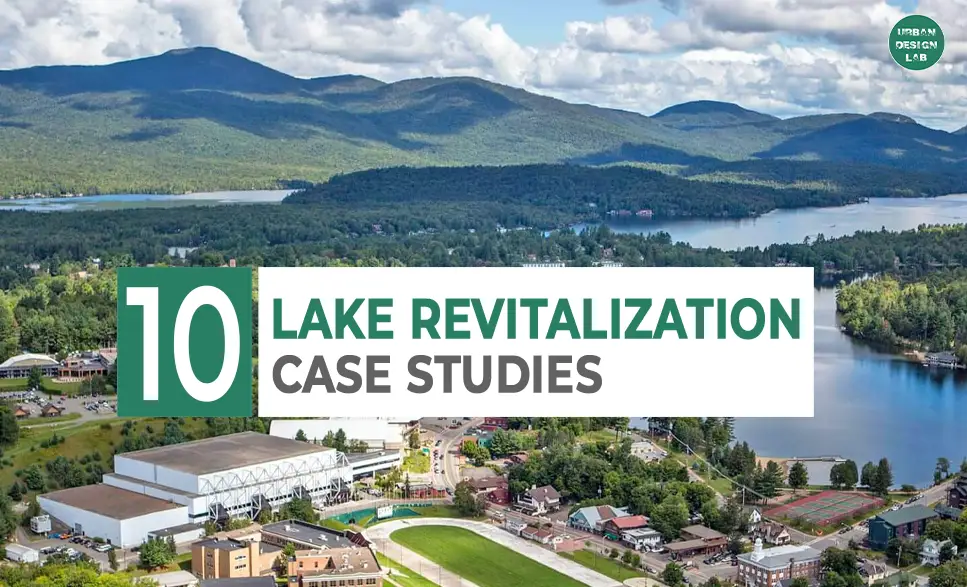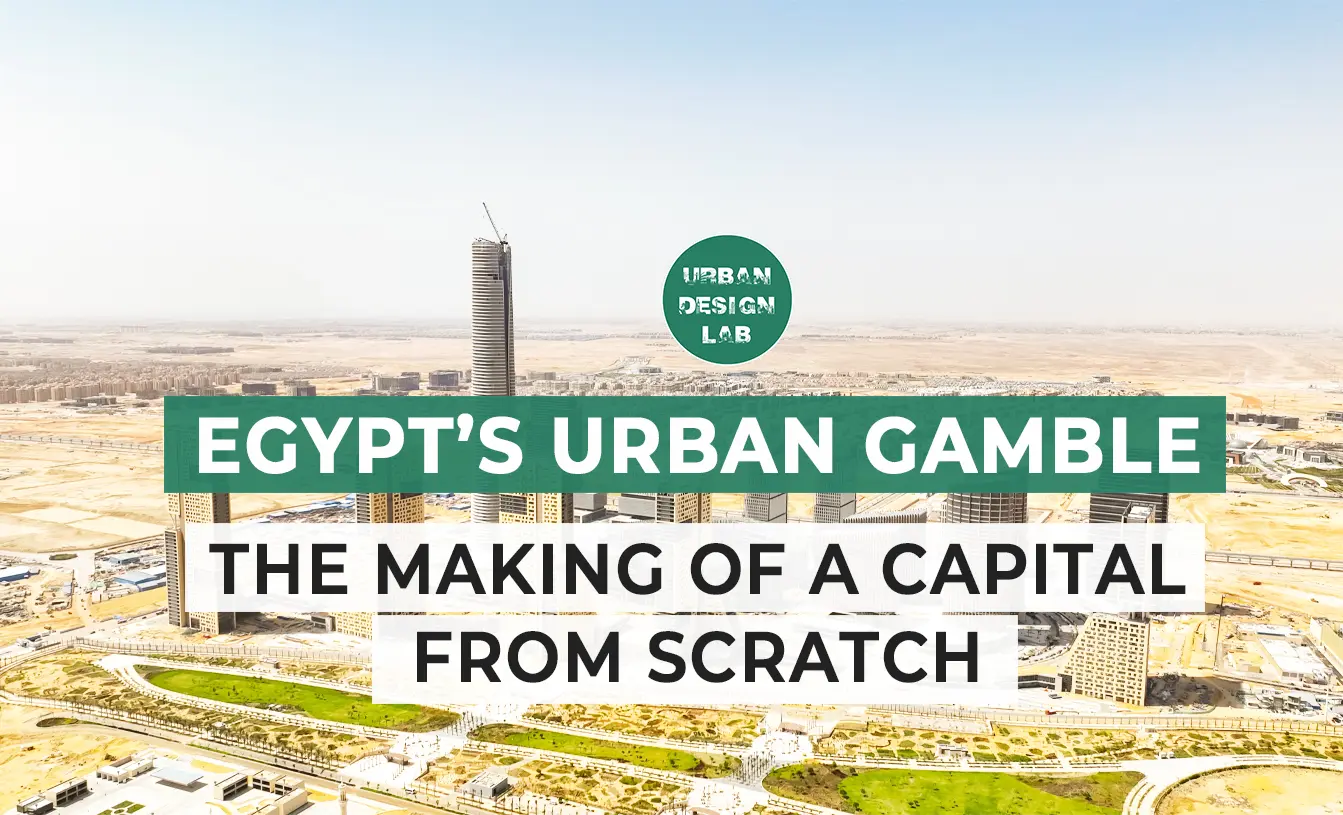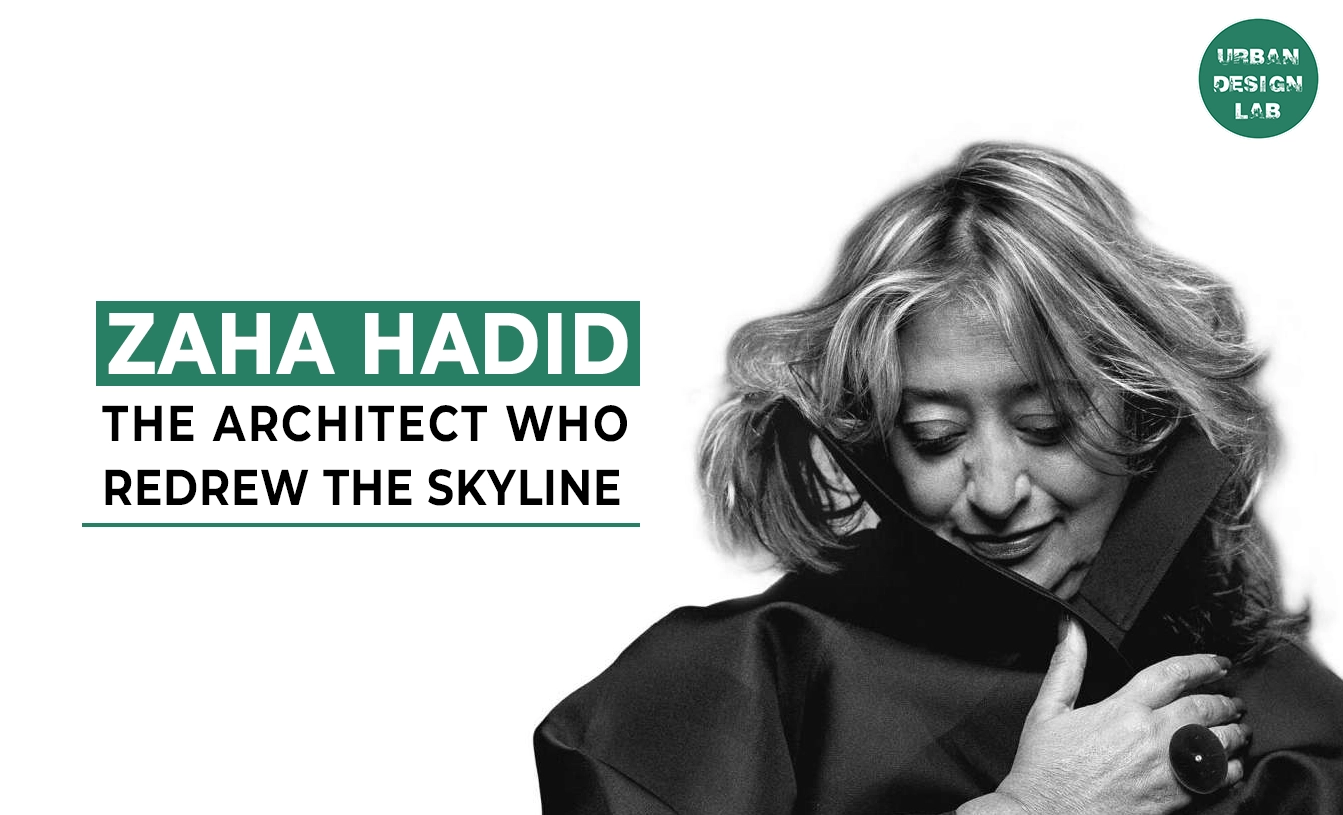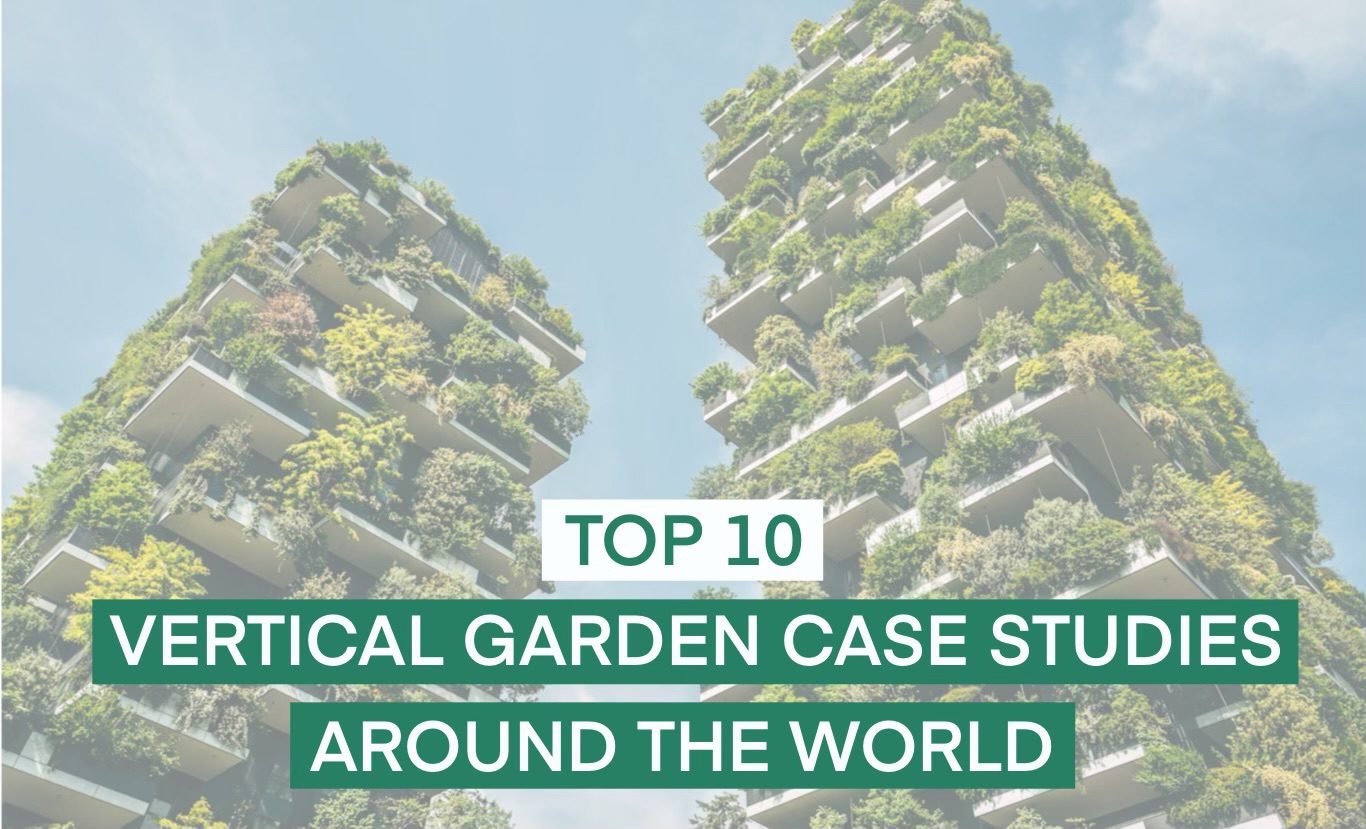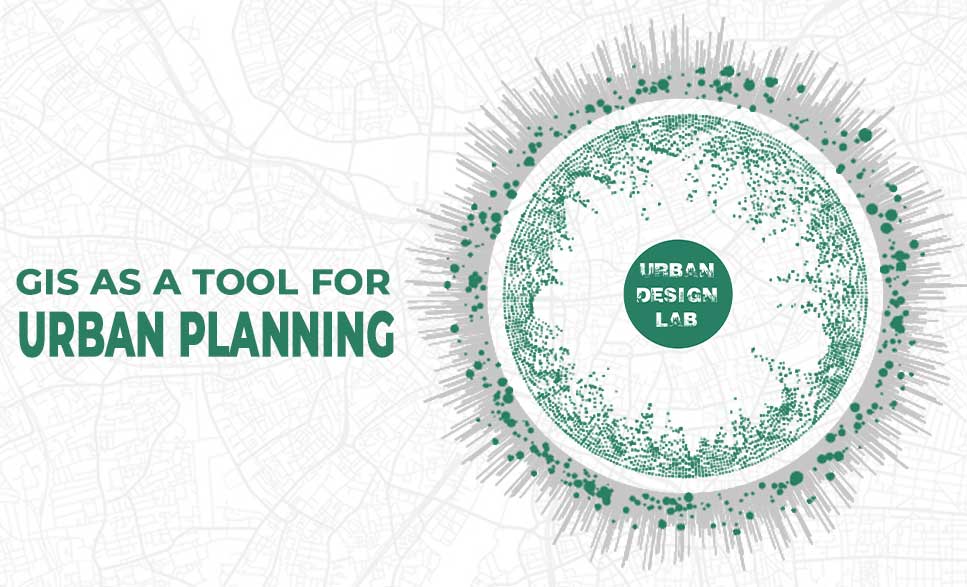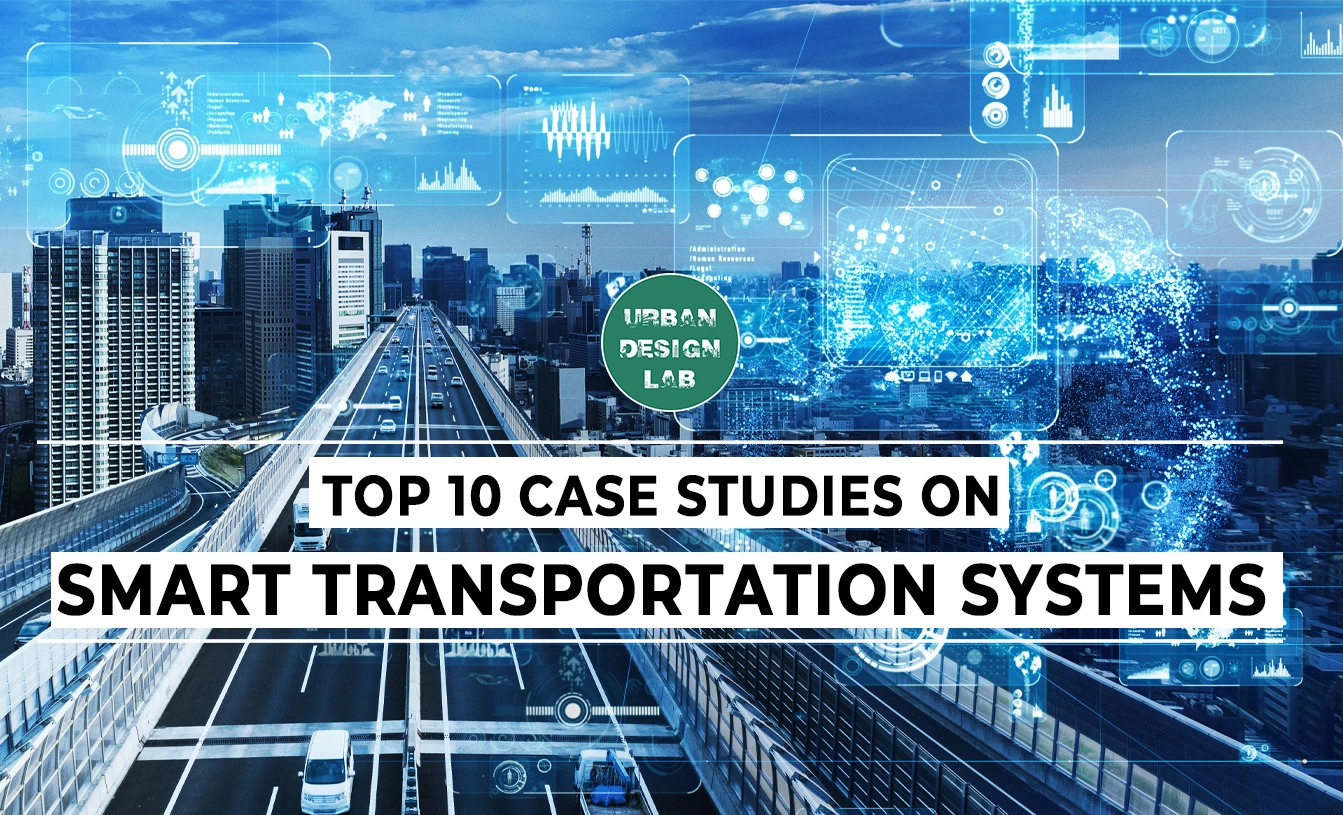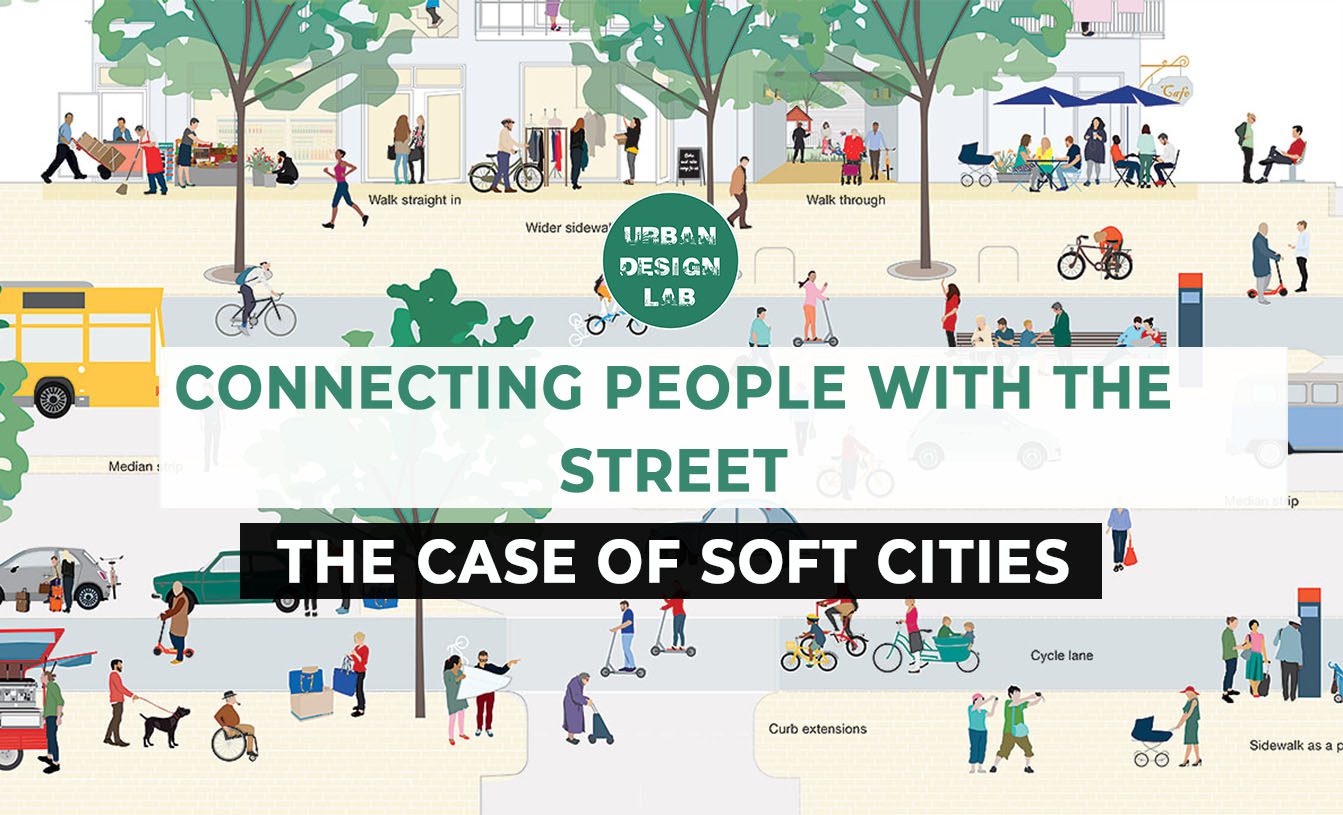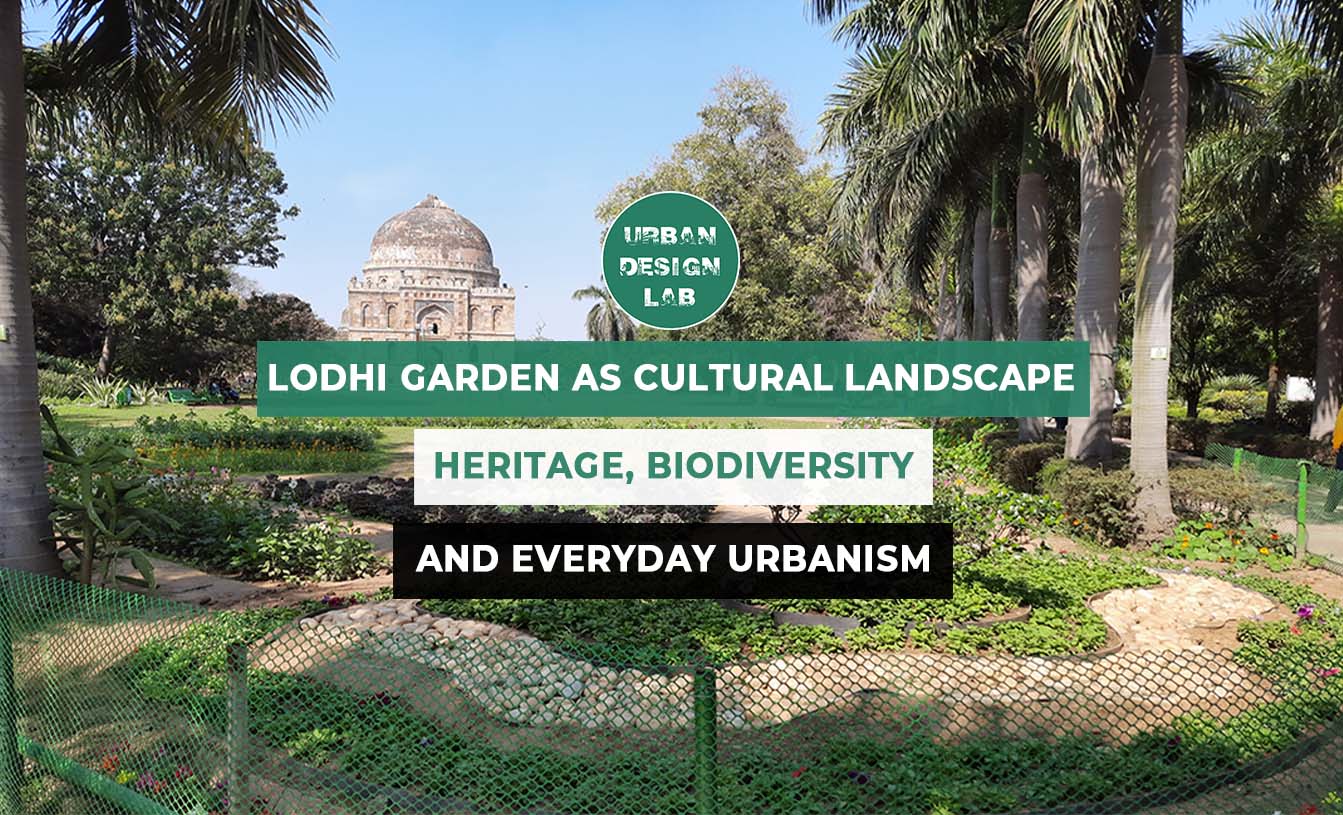
Strategies for Green Urban Mobility
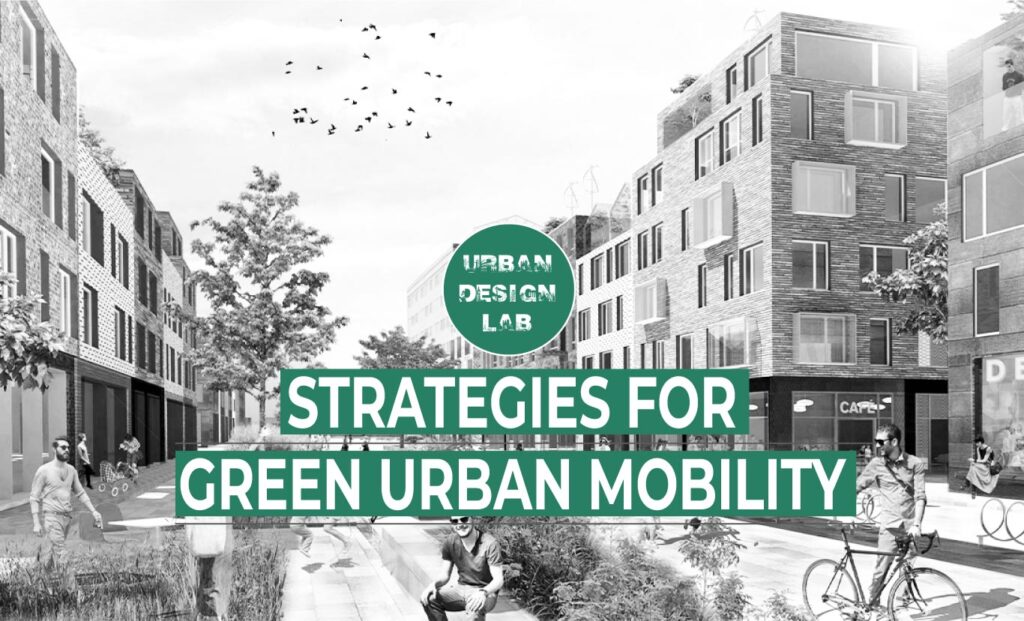
Urban mobility is a critical aspect of city planning and design, impacting the quality of life, environmental sustainability, and the overall functionality of urban spaces. This article delves into the concept of green urban mobility, focusing on the integration of green infrastructure within various transportation typologies. It is tailored for students and professionals in urban planning, urban design, and landscape architecture, offering insights into creating more sustainable, efficient, and environmentally friendly urban transportation networks.
Infrastructure Integration for Green Urban Mobility
Transportation typologies serve as a fundamental framework in urban planning, categorizing roads based on their distinct functions and characteristics. This classification includes arterial roads, collector roads, local roads, alleys, and parking lots. Understanding these typologies is crucial for urban planners and designers, as each type presents unique challenges and opportunities for integrating green infrastructure, thereby enhancing environmental sustainability and improving urban mobility.
UDL Photoshop Masterclass
Decipher the secrets of Mapping and 3D Visualisation
1. Arterials Roads
Arterial roads are vital components of urban transportation networks, serving as high-capacity routes that facilitate the movement of traffic between different areas of a city. They connect collector roads to freeways and urban centers, playing a crucial role in the overall efficiency and functionality of urban mobility. The integration of green infrastructure into arterial roads is not only essential for enhancing their environmental sustainability but also for improving the quality of urban life. Here are some key strategies for incorporating green infrastructure into arterial roads:

Bioretention Areas
Arterial roads, being high-capacity urban pathways, are prime locations for the integration of bioretention areas. These are specially designed zones, either adjacent to the roadways or within the medians, that play a crucial role in managing stormwater runoff. Bioretention areas work by collecting and filtering runoff through a system of soil layers and vegetation, thereby reducing the impact of pollutants entering water bodies. Their strategic placement along arterial roads not only aids in effective water management but also contributes to the aesthetic quality of these major urban thoroughfares. By incorporating native plants and grasses, these areas can become mini-ecosystems, supporting local biodiversity and offering visual relief in the urban landscape.

Tree Planting
The strategic planting of trees along arterial roads serves multiple purposes. Firstly, it significantly enhances the aesthetic appeal of these major urban routes, creating a more pleasant and inviting streetscape. Trees provide shade, which is particularly beneficial in urban areas where concrete and asphalt surfaces contribute to the heat island effect. Additionally, they play a vital role in improving air quality by absorbing pollutants and producing oxygen. The positioning of trees is key; they should be placed to ensure they do not obstruct visibility for drivers, pedestrians, and cyclists. When planned correctly, tree-lined arterial roads can become green corridors that improve the environmental health and visual appeal of urban areas.
Permeable Pavements
The use of permeable pavements on arterial roads, particularly in shoulders and breakdown lanes, is an innovative approach to managing surface water runoff. These pavements are designed to allow water to percolate through the surface into the ground below, thereby reducing the amount of runoff that flows into storm drains and mitigating the risk of flooding. This is especially important in urban areas where impermeable surfaces are prevalent. Permeable pavements also help in replenishing groundwater levels and can reduce the need for extensive stormwater management systems. Their use in arterial roads demonstrates a commitment to sustainable urban development, ensuring that these vital transportation routes contribute positively to the urban ecosystem.
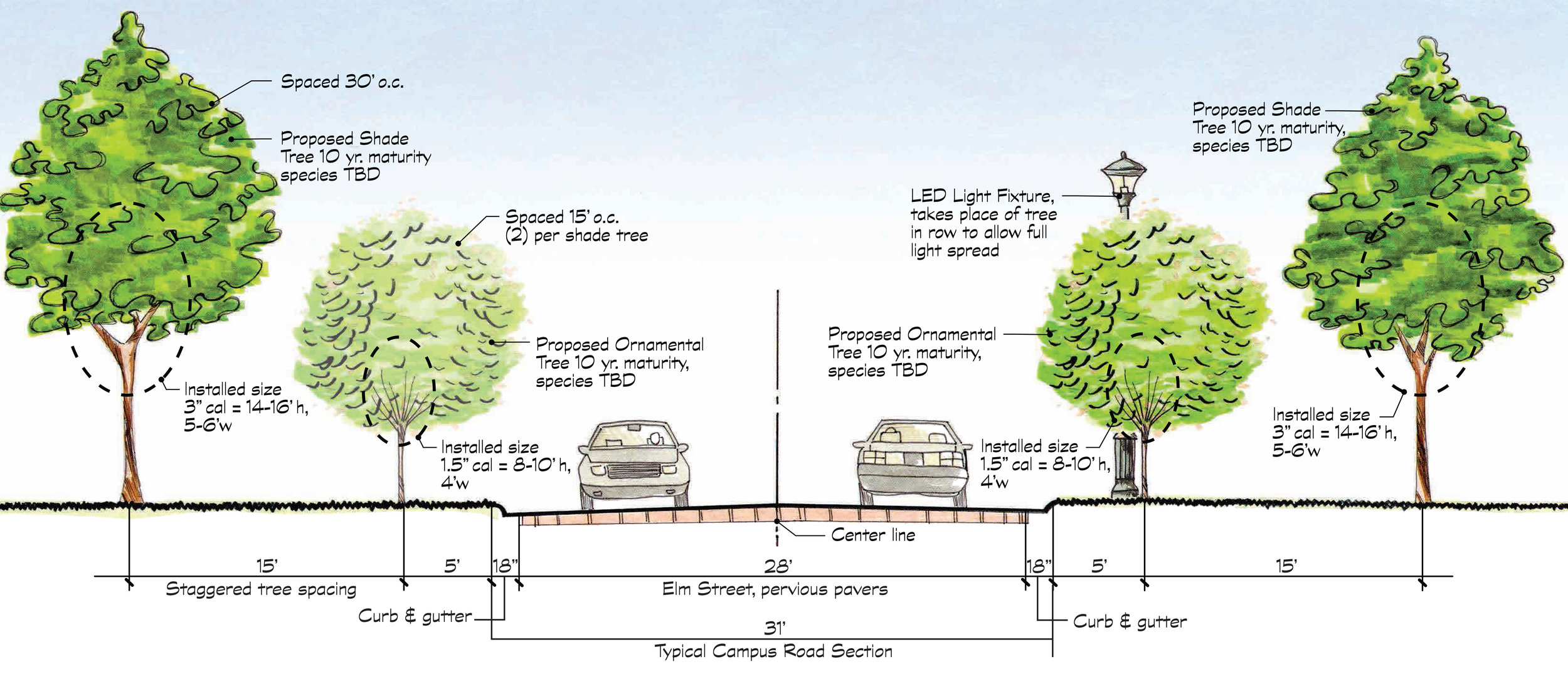
2. Collector Roads
Collector roads act as intermediaries between arterial roads and local streets. They collect traffic from local roads and channel it to arterial routes, balancing accessibility with mobility. These roads often pass through residential neighborhoods and commercial districts, making them ideal candidates for green infrastructure projects that enhance community spaces. The incorporation of features like rain gardens, green sidewalks, and tree-lined streets can transform these areas into more pleasant, pedestrian-friendly environments, while also playing a crucial role in managing urban runoff and improving air quality.
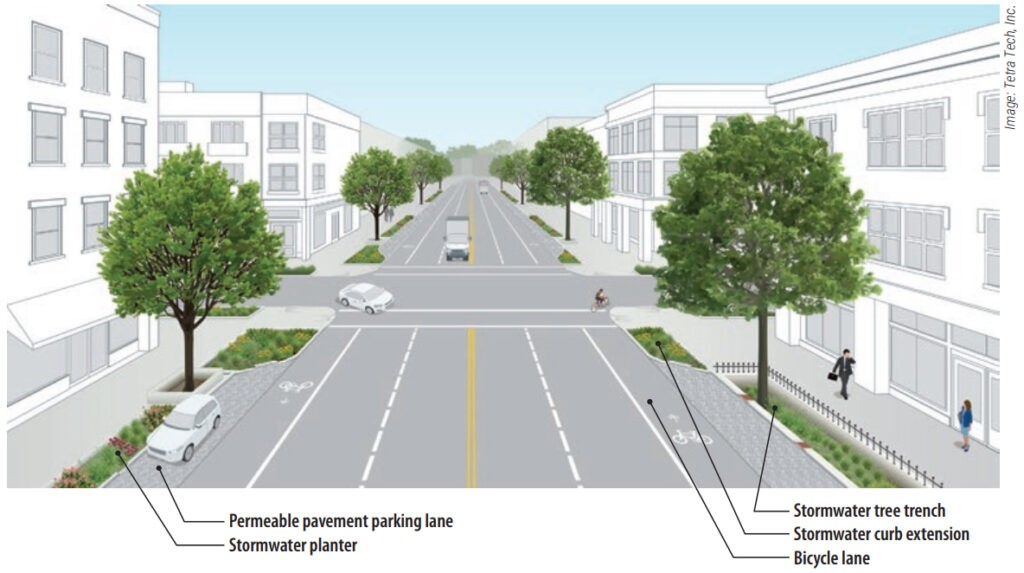
Stormwater Curb Extensions
Collector roads, bridging the gap between local roads and arterial routes, are integral to urban traffic flow and community connectivity. Implementing stormwater curb extensions on these roads serves multiple beneficial purposes. These extensions, often referred to as rain gardens or bioswales, extend the curb into the parking lane, creating a naturalized area that captures and filters stormwater. This not only aids in managing runoff and reducing the burden on urban drainage systems but also acts as a traffic calming measure. The presence of these extensions narrows the road visually, encouraging drivers to slow down, thereby enhancing pedestrian safety. Furthermore, these green spaces add aesthetic value to the streetscape, creating a more pleasant and inviting environment for residents and visitors alike.
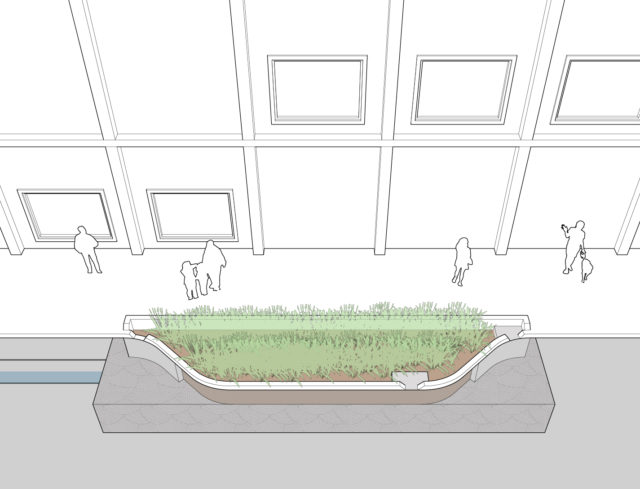
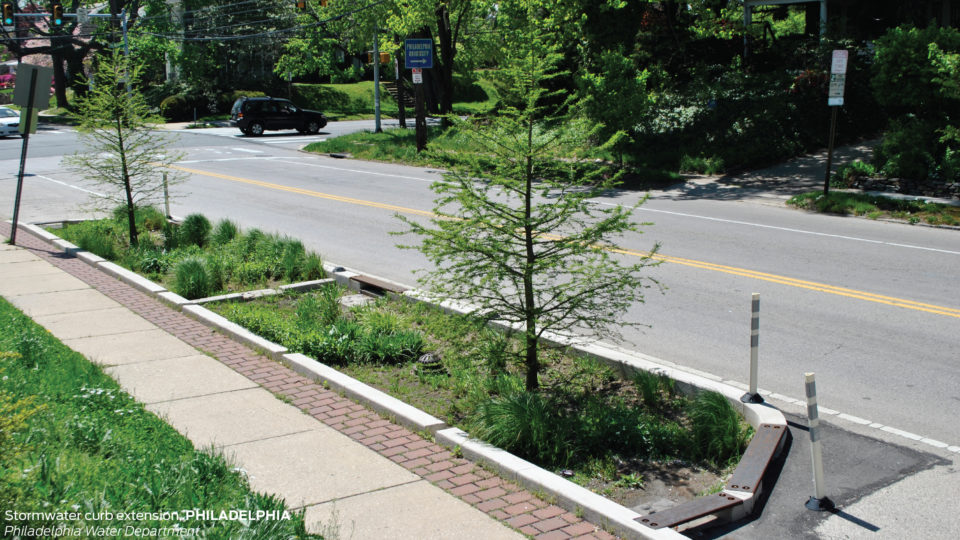
Bioswales and Infiltration Trenches
The integration of bioswales and infiltration trenches in collector roads is a strategic approach to sustainable urban water management. Positioned in medians and rights-of-way, these features are designed to capture and filter runoff from the road surface. Bioswales are shallow, vegetated channels that not only manage water but also provide habitat for local flora and fauna, enhancing urban biodiversity. Infiltration trenches, on the other hand, are subsurface systems that allow water to percolate into the ground, recharging groundwater and reducing surface runoff. These green infrastructure elements are particularly effective in collector roads, where they can be seamlessly integrated into the landscape without impeding traffic flow or pedestrian movement.

Permeable Pavements in Parking Areas
Incorporating permeable pavements in parking areas along collector roads presents a practical and environmentally friendly solution to surface runoff issues. These pavements are designed to allow water to pass through the surface into a specially prepared sub-base that filters and stores the water, reducing runoff and promoting groundwater recharge. This is particularly beneficial in urban areas where impermeable surfaces dominate. The use of permeable pavements in on-street parking areas not only aids in effective water management but also minimizes the formation of puddles and the potential for hydroplaning. Moreover, these surfaces can be aesthetically pleasing, contributing to the overall visual appeal of the streetscape and enhancing the user experience for both drivers and pedestrians.
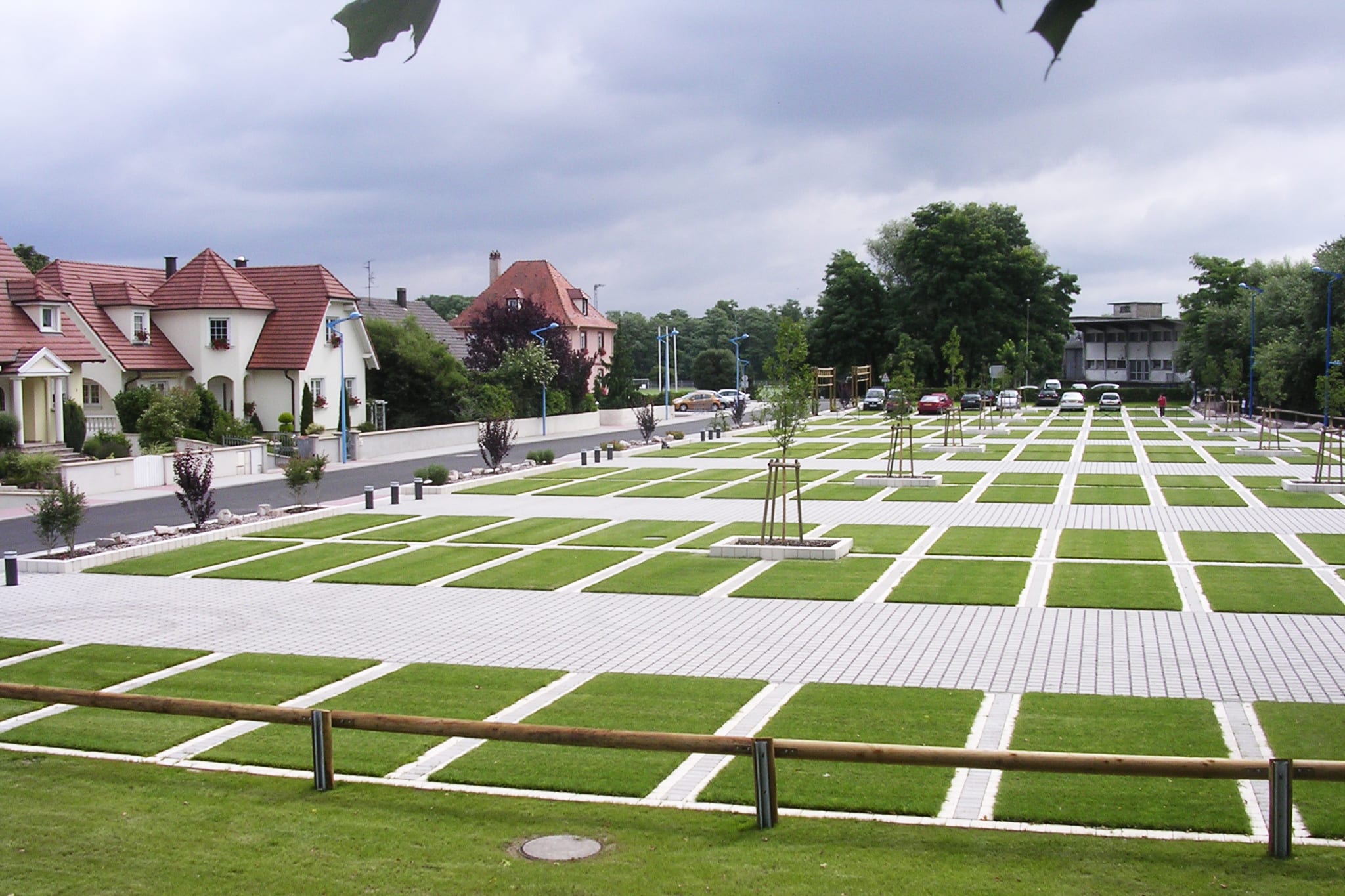
3. Local Roads
Local roads primarily serve residential and local commercial areas. They are characterized by lower traffic volumes and speeds, focusing on providing direct access to properties. This typology offers a unique opportunity to integrate green elements such as pervious pavements, street trees, and community gardens. These features not only enhance the neighborhood’s aesthetic and ecological value but also encourage active transportation modes like walking and cycling, fostering a sense of community and local identity.

Tree Pits and Trenches
Local roads, which predominantly serve residential areas, offer a unique canvas for green infrastructure, particularly through the use of tree pits and trenches. These features are not just about planting trees; they are sophisticated systems designed to enhance green cover while also managing stormwater. Tree pits and trenches are constructed to collect runoff from the road and sidewalks, channeling it to the roots of the trees. This not only provides necessary water for the trees but also filters and reduces the volume of stormwater entering the urban drainage system. The trees, in turn, contribute to the aesthetic appeal of the neighborhood, provide shade, and improve air quality, making the local roads more pleasant and healthier environments for residents.
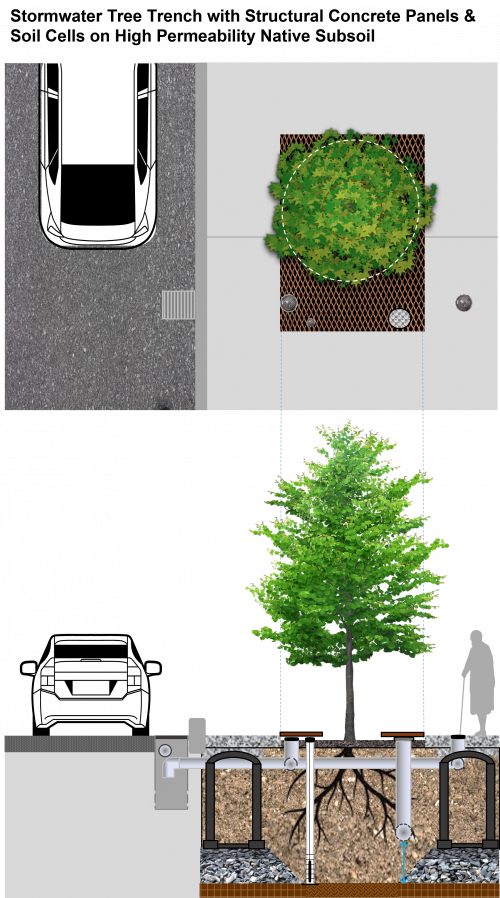
Pervious Surfaces
The implementation of pervious surfaces on local roads is a strategic approach to managing environmental concerns in residential areas. These surfaces, made from porous materials, allow rainwater to seep through into the ground beneath, significantly reducing surface runoff and aiding in groundwater recharge. This is particularly beneficial in urban areas where impermeable surfaces are prevalent. The use of pervious materials in sidewalks, driveways, and even certain sections of the roadway can play a crucial role in sustainable urban water management. Additionally, these surfaces can help in mitigating the urban heat island effect, as they allow water to evaporate, cooling the surrounding air.
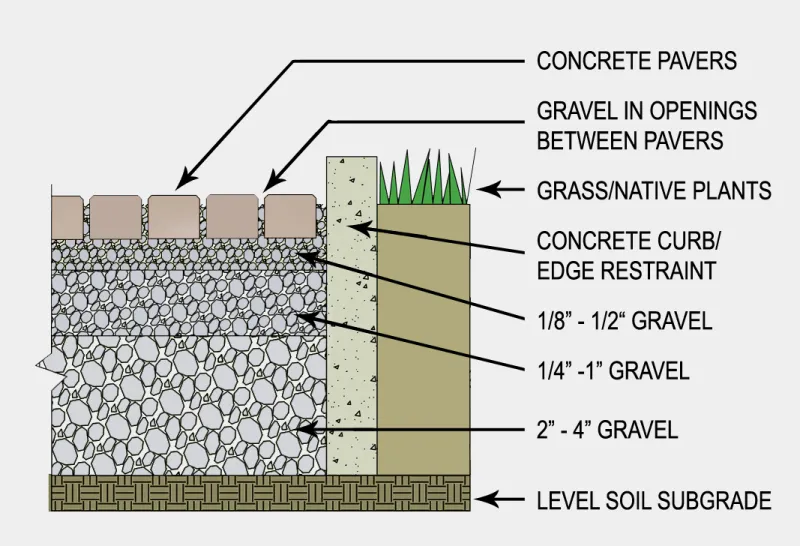
Stormwater Planters
Stormwater planters are an attractive and functional addition to local roads, offering a dual benefit of beautifying the area while managing water runoff. These planters are designed to capture and filter stormwater runoff from the road and adjacent properties. Filled with a variety of plants, they not only add greenery and visual interest to the streetscape but also provide habitats for insects and birds, enhancing local biodiversity. The plants in these planters help to absorb and filter pollutants, improving the quality of water that eventually percolates into the ground or enters the stormwater system. Stormwater planters can be particularly effective in residential areas, where they can be integrated into the existing streetscape to create a more pleasant and environmentally friendly environment.
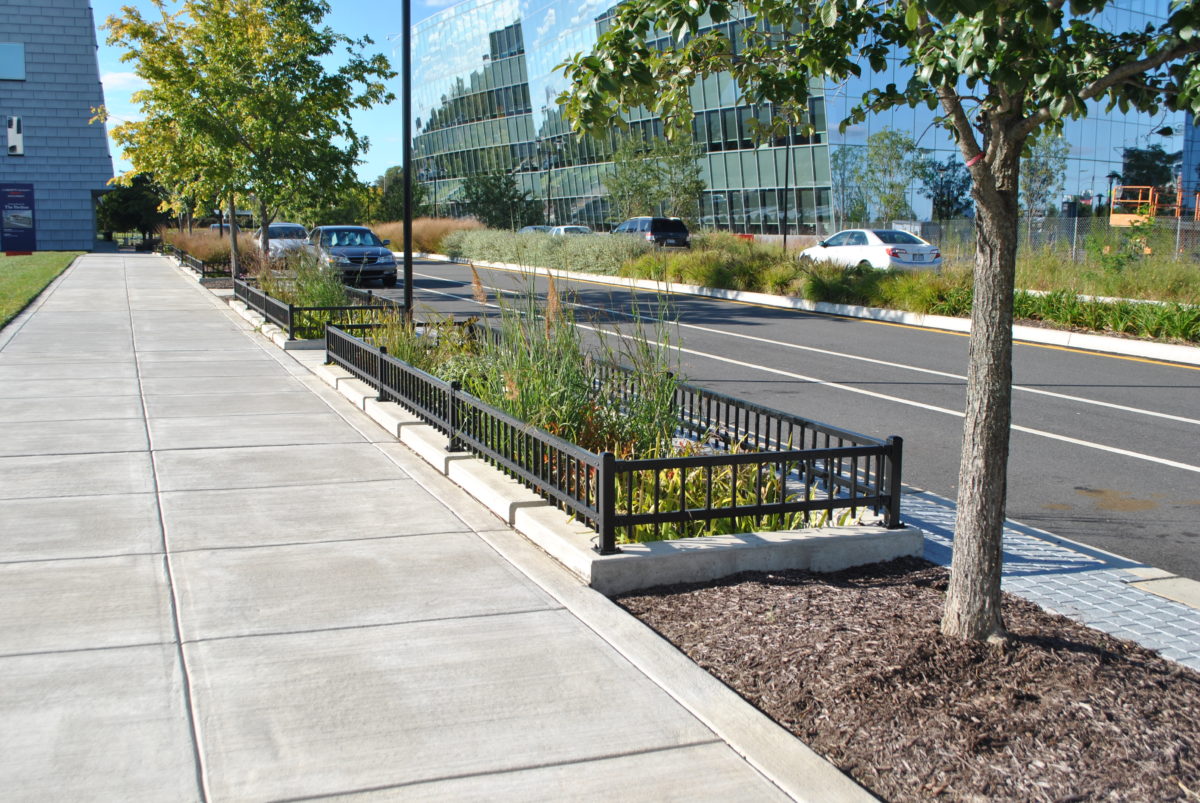
4. Alleys
Alleys, often overlooked in urban planning, provide essential services such as waste collection, utility maintenance, and secondary access to properties. Revitalizing alleys with green infrastructure like permeable paving, vertical gardens, and rain barrels can turn these utilitarian spaces into valuable assets for stormwater management and urban biodiversity. Additionally, green alleys can become inviting public spaces that contribute to the social and environmental fabric of the urban landscape.
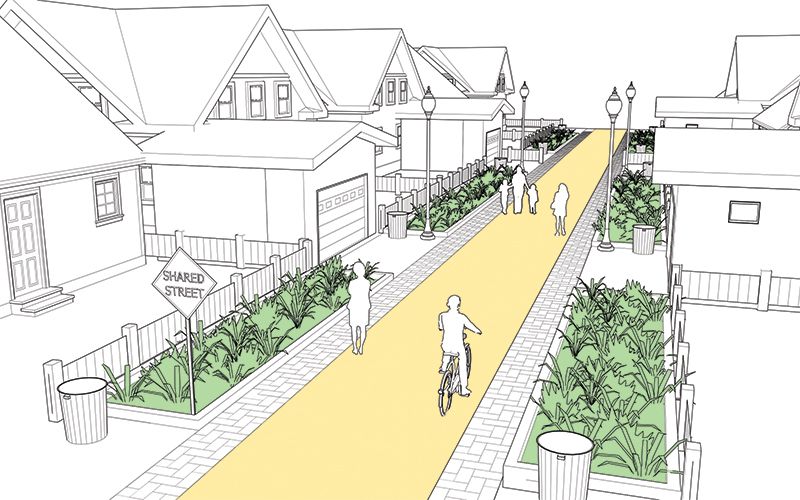
Permeable Pavements
Alleys, often found at the back of buildings and residences, play a crucial role in urban infrastructure, primarily serving as access points and service areas. The integration of permeable pavements in these spaces is an innovative approach to managing stormwater while maintaining their functional role. Permeable pavements are designed to allow water to pass through the surface, reducing runoff and facilitating the process of groundwater recharge. This is particularly beneficial in urban areas where conventional, impermeable surfaces contribute to waterlogging and increased strain on drainage systems. By implementing permeable pavements in alleys, cities can effectively manage stormwater in a way that is both environmentally sustainable and practical, ensuring that these often-overlooked spaces contribute positively to the urban ecosystem.
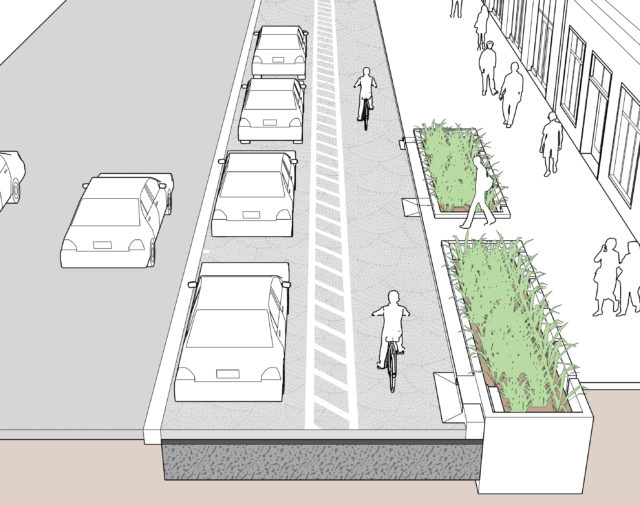
Infiltration Trenches
Infiltration trenches in alleys offer an effective solution for stormwater management, especially in areas where space is limited and sunlight is scarce. These trenches are narrow, excavated channels filled with permeable materials, such as gravel or coarse sand, and are often covered with vegetation. They work by capturing runoff and allowing it to infiltrate into the ground, thereby reducing the volume of water that reaches the urban drainage system. This is particularly useful in alleys, which may not have the space for larger green infrastructure installations. Infiltration trenches can be seamlessly integrated into the existing layout of alleys, ensuring that they do not obstruct access or service functions. Additionally, when covered with vegetation, these trenches can enhance the aesthetic appeal of alleys, transforming them from utilitarian spaces into green corridors within the urban fabric.

Identifying Opportunities for Green Infrastructure Placement
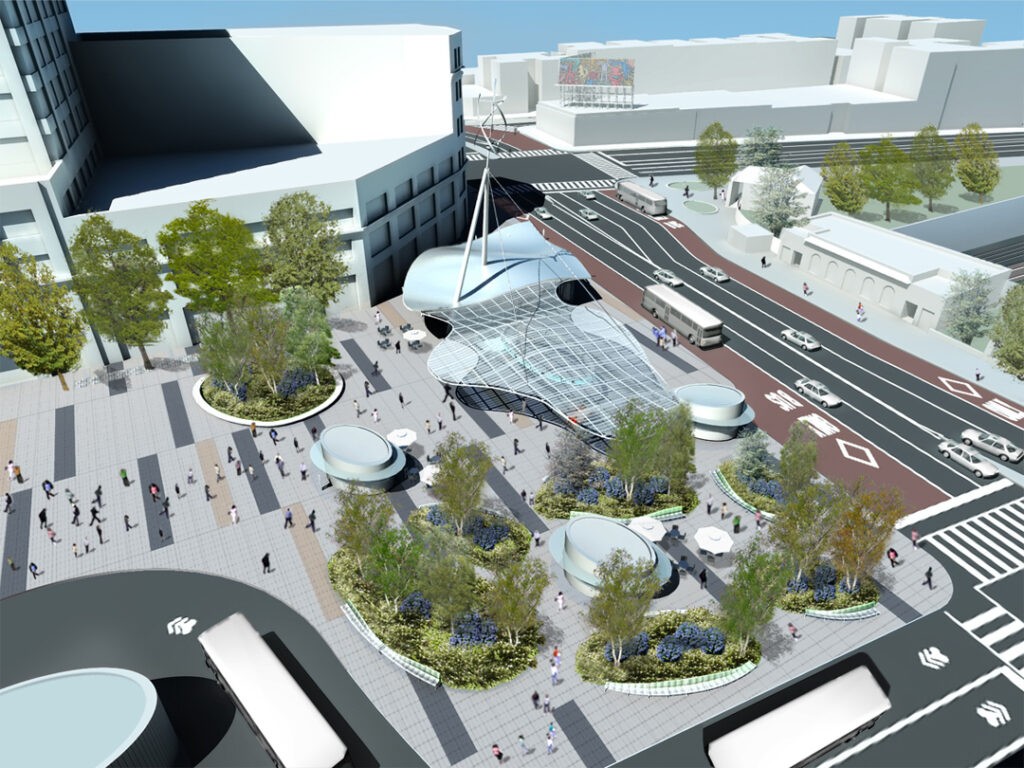
Analyzing Road Type and Traffic Volume
Identifying ideal locations for green infrastructure involves analyzing road types and traffic volumes. Different roads offer unique opportunities for green integration, with arterial roads being suitable for features like noise-reducing green walls, and quieter local streets ideal for tree planting or rain gardens. It’s crucial to choose solutions that complement the traffic flow and safety, with high-traffic areas needing non-obstructive options and lower-traffic areas allowing for more expansive green installations.
Utilizing Available Space
Effective green infrastructure integration hinges on the creative use of available space. This includes transforming medians into bioretention areas or tree lines, turning verges into spaces for rain gardens or bioswales, and reimagining parking lanes as parklets or green zones. These transformations not only enhance the aesthetics but also contribute to biodiversity and environmental management.
Beautification and Environmental Sustainability
Transforming urban spaces with green infrastructure serves to beautify the environment and promote sustainability. These installations improve air quality, manage stormwater, reduce heat islands, and support urban wildlife, leading to increased community pride, better mental health, and more active lifestyles.
Conclusion
Integrating green infrastructure into urban transportation networks is a vital step towards sustainable urban development. It addresses environmental concerns like stormwater management and heat island effects and enhances the aesthetic and functional aspects of urban spaces. By adopting these strategies, urban planners and designers can create more livable, resilient, and environmentally friendly cities.
UDL Photoshop Masterclass
Decipher the secrets of Mapping and 3D Visualisation

Urban Design Lab
About the Author
This is the admin account of Urban Design Lab. This account publishes articles written by team members, contributions from guest writers, and other occasional submissions. Please feel free to contact us if you have any questions or comments.
Conclusion
References
About the author
Related articles

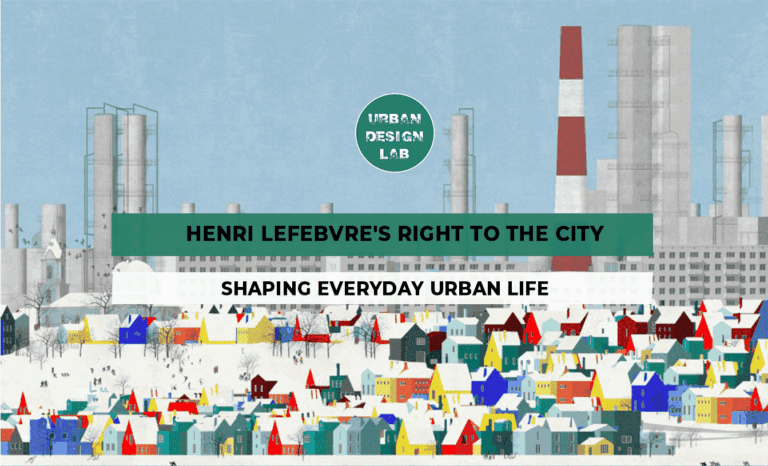
Henri Lefebvre’s Right to the City: Shaping Everyday Urban Life
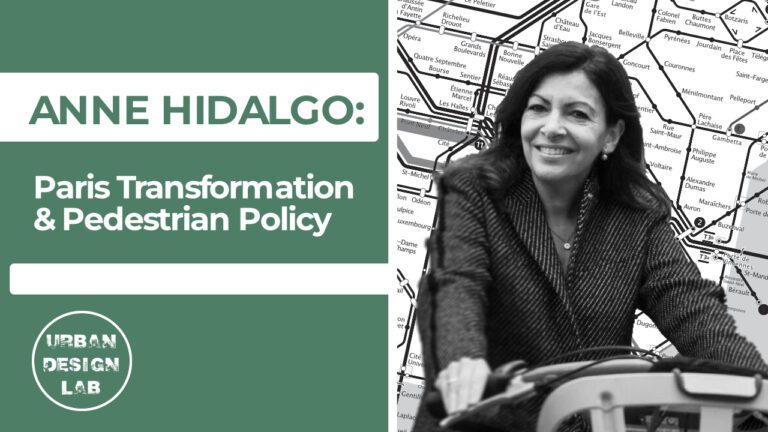
Anne Hidalgo – aris Transformation & Pedestrian Policy
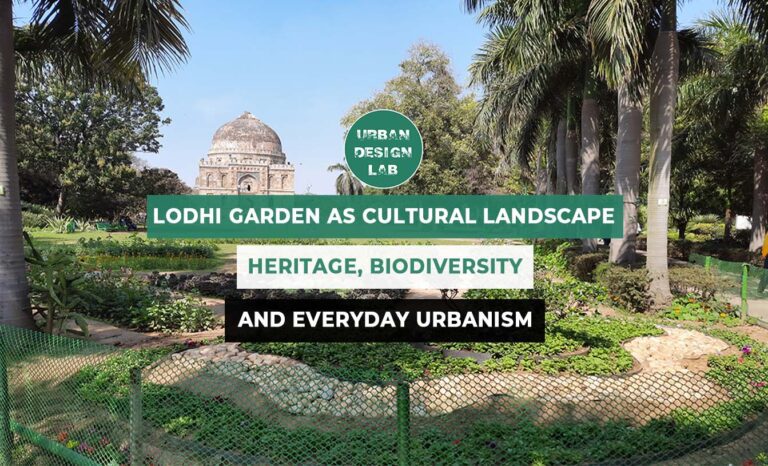
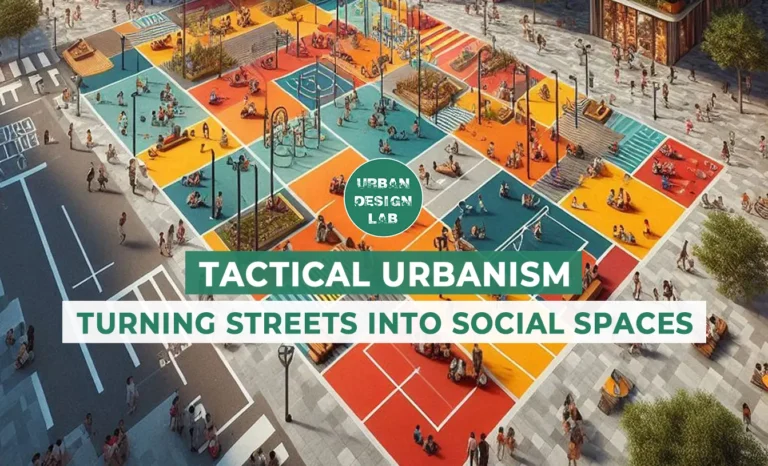
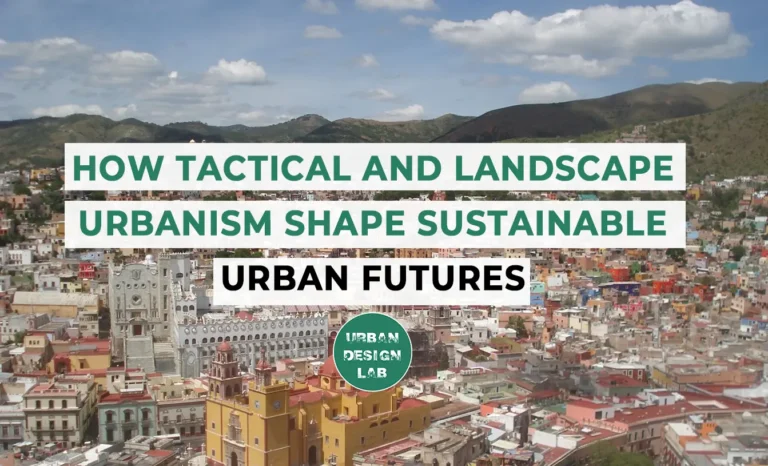
UDL GIS
Masterclass
Gis Made Easy- Learn to Map, Analyse and Transform Urban Futures
Session Dates
15th-19th December 2025

Urban Design Lab
Be the part of our Network
Stay updated on workshops, design tools, and calls for collaboration
Curating the best graduate thesis project globally!

Free E-Book
From thesis to Portfolio
A Guide to Convert Academic Work into a Professional Portfolio”
Recent Posts
- Article Posted:
- Article Posted:
- Article Posted:
- Article Posted:
- Article Posted:
- Article Posted:
- Article Posted:
- Article Posted:
- Article Posted:
- Article Posted:
- Article Posted:
- Article Posted:
- Article Posted:
Sign up for our Newsletter
“Let’s explore the new avenues of Urban environment together “


























